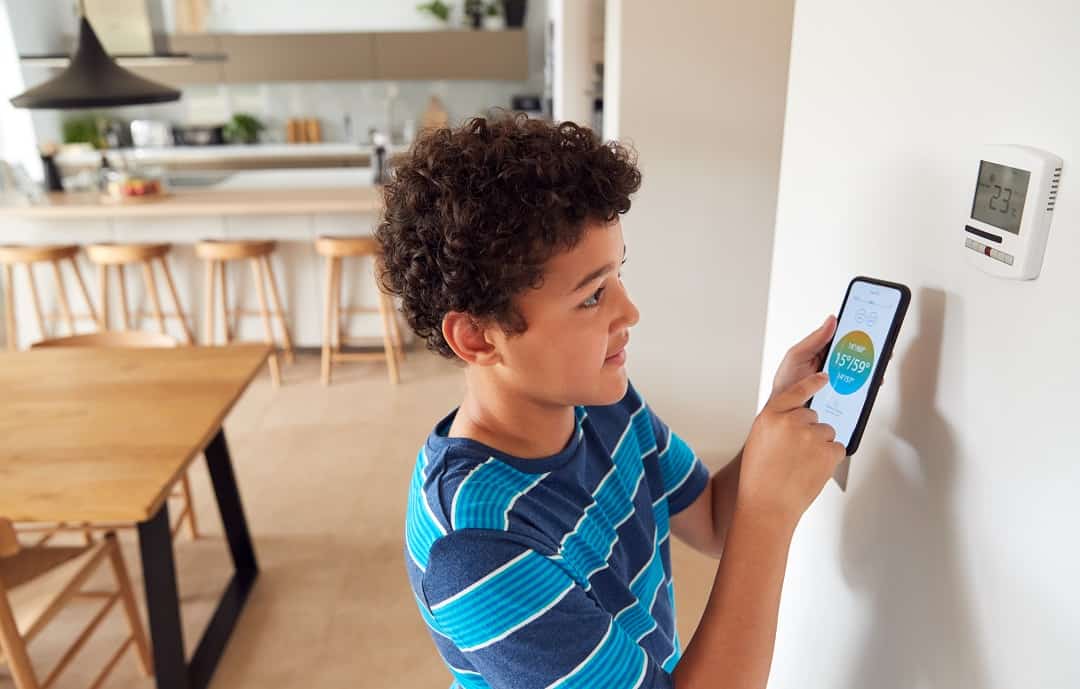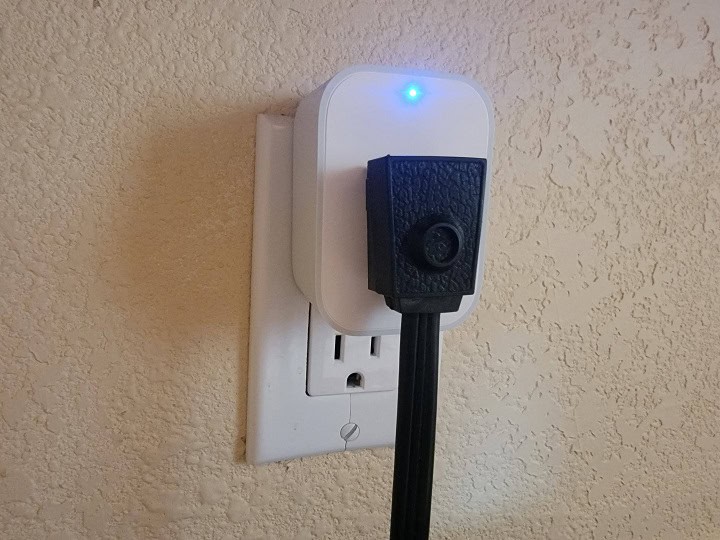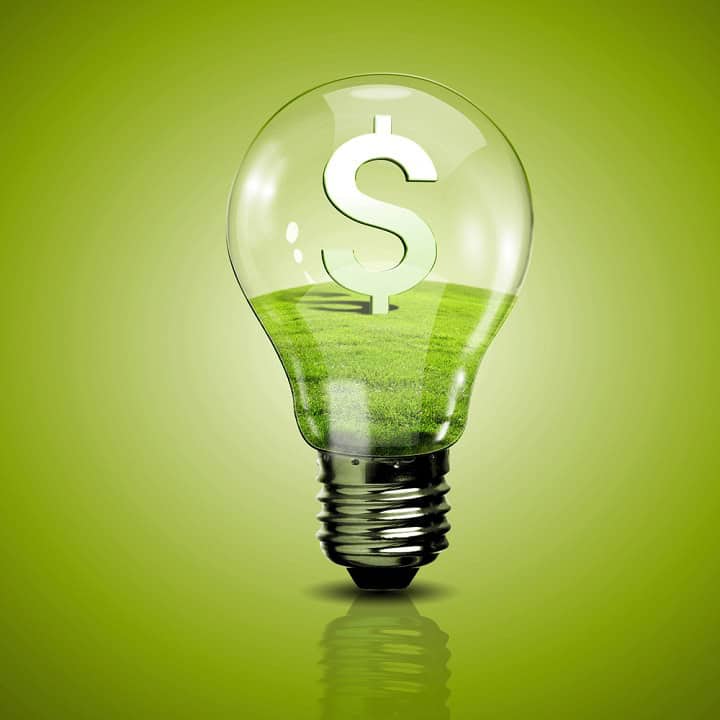Most people use tools and gadgets every day without thinking about what makes them work. Many of these things run quietly in the background, helping with small tasks or making life a bit easier. AI is behind a lot of these things, even when it does not seem obvious. This post looks at ten everyday technologies that use AI in ways most people do not notice. Each section gives a short look at how AI fits into these products and what it does to help.
Recommendation Systems in Streaming Services

Recommendation systems in streaming services like Netflix and Spotify use AI to suggest movies, shows, and music you might like. These systems look at your watch or listen history, compare it to other users, and pick out things you may enjoy next. The AI looks for patterns, such as what you watch at certain times of the day or which genres you seem to go back to often. This is why you often see a new show or song pop up on your home screen that fits your taste. Without AI, these suggestions would be much less personal and more random.
Active Noise Cancellation in Earbuds

Active noise cancellation in earbuds is one of those features that works behind the scenes using AI. The system listens to outside sounds through tiny microphones and then creates sound waves that cancel out the noise. AI helps the earbuds figure out which sounds to block and which to let through, like voices or alarms. This makes it easier to listen to music or make phone calls in places that would normally be too loud. Many people use this feature every day without thinking about how much work goes into making it happen.
Smart Phone Camera Focus

Smart phone camera focus uses artificial intelligence to help people take clearer photos. The camera can find faces or objects and adjust the focus automatically. This means you do not have to tap the screen every time. The AI works in the background, looking for what should be sharp in the picture. It can also track moving things, so pictures stay clear even if your hand moves or the subject walks around. Most people do not notice this happening, but it is one of the ways AI makes phone cameras easier to use.
Email Spam Filters

Email spam filters use AI to sort messages before they reach your inbox. These filters look for patterns in the subject lines, sender addresses, and the content of emails. With AI, the system can learn what types of emails are unwanted based on past behavior, like messages that get marked as spam. Over time, the filter gets better at catching junk mail and keeping important emails from being lost. This helps keep your inbox organized and saves time since you do not have to sift through as much unwanted mail.
Smart Home Thermostats

Smart home thermostats use AI to learn your daily routine and adjust the temperature in your house. Over time, these thermostats notice when you are home or away and keep track of your preferred settings. This helps keep your home comfortable without needing to make manual changes all the time. The AI works in the background to help lower energy use, which can help save money on bills. Many smart thermostats also connect to your phone, letting you change the temperature from almost anywhere. These features make the thermostat more than just a regular temperature control, as it works to match your habits and needs.
Online Fraud Detection

Online fraud detection tools work quietly in the background when you shop or bank on the internet. These tools use AI to look for odd patterns or actions that might suggest someone is trying to steal your money or information. For example, if you try to log in from a new place or make a big purchase that does not match your usual habits, the system may flag it for review. AI can check thousands of details in real time, which helps banks and stores respond faster to fraud. Most people do not notice these tools working, but they help keep your accounts safer without needing you to do anything extra.
Online Ads

Online ads are one of the most common places where artificial intelligence works behind the scenes. Every time you browse the web or scroll through social media, AI is helping decide which ads you see. It looks at things like your past searches, the websites you visit, and even how long you spend looking at certain content. Then it tries to figure out what products or topics you might be interested in. This helps companies show you ads that are more likely to catch your attention. Most people don’t realize it, but nearly every digital ad today is powered by AI systems that work in real time to match users with ads.
Managing Retail Stores

AI plays a growing role in managing retail stores by using data from in-store sensors to make smarter decisions. These sensors track things like customer movement, time spent in certain areas, and which displays attract the most attention. AI takes this information and helps store managers adjust layouts, improve staffing during peak hours, and keep shelves stocked more efficiently. It can even predict which items might need restocking soon or when to open another checkout lane. While customers may not notice it, AI is quietly working behind the scenes to keep stores running smoothly and improve the overall shopping experience.
Predictive Text in Messaging

Predictive text in messaging apps is something most people use every day without thinking about how it works. When you type a text, your phone or computer suggests words or phrases to speed up your reply. This is powered by AI, which learns from your typing habits and commonly used words. The technology guesses what you might want to say next, making texting faster and helping reduce typos. Over time, it gets better at understanding your personal style, so the suggestions feel more natural. This is just one example of how AI works quietly in the background of daily life.

AI helps power the maps and navigation tools many of us use every day without even thinking about it. When you open a map app to get directions, AI looks at real-time traffic data, construction reports, and even how other drivers are moving to suggest the fastest route. It can reroute you automatically if there’s an accident or delay ahead, and in some cases, even predict how traffic will change while you’re on the road. AI also helps improve walking, biking, and public transit directions by learning from patterns and constantly updating routes based on new information. It’s one of the reasons modern navigation tools feel so accurate and responsive.
Summary
AI is part of many tools and gadgets people use every day, often without knowing it. From movie suggestions on streaming apps to noise blocking in earbuds, these systems do a lot of work in the background. Things like smart thermostats, voice assistants, and even the way your email sorts junk messages all use AI in some way. These features are built to make daily tasks easier and more personal, even if the user never sees how it all works. AI has found its way into many parts of life, often helping in small ways that add up over time. As more products use this technology, it will keep showing up in places people might not expect.




